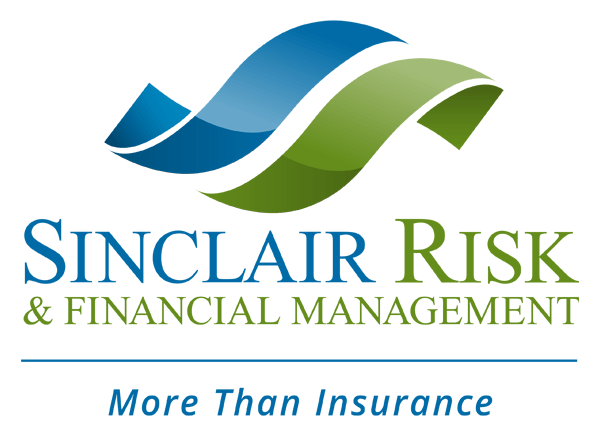The Affordable Care Act is making some changes in 2017 and if you’re providing health insurance via a group plan you need to make sure you’re compliant. Here’s a quick guide to the main changes and what you need to do to ensure you meet all the new guidelines and regulations.
Remember, we’re here to help, so if you have any questions about any of this, please do get in touch. The main changes include:
- Grandfathered plans — Check your plan is still grandfathered.
- Deductibles amounts — Changing deductibles for EHB and HSA plans.
- Employee contributions — Changes to FSB contribution limits from employees.
- Group plan information — Changes to how information on group benefits and coverage is provided to employees.
- Reinsurance — No reinsurance fees for self-funded plans in 2017.
- Large employers — Must offer health plans if you have more than 50 full-time employees.
Grandfathered plans — Check grandfathered status for 2017
You likely have a “grandfathered plan” if the plan was already in existence when the ACA came into effect in March 2010 and it hasn’t had significant changes since then. Grandfathered plans can retain their old benefits, premiums, and other features and fees so long as they don’t have prohibited changes made.
- If your plan has been grandfathered, check that there aren’t any changes being made that will make it lose the grandfathered status in 2017.
- If it does lose grandfathered status, you’ll need to ensure it meets all of the regulations and guidelines that the ACA requires.
Essential Health Benefits (EHB) and Health Savings Accounts (HSA) High Deductibles plans — Amounts changing in 2017
Under the ACA, the Out of Pocket maximum fee for EHBs can’t exceed $7,150 for self-only coverage and $14,300 for family coverage in 2017.
- Check your plan’s out of pocket maximums to make sure it complies with these guidelines.
- If you have a Health Savings Account (HSA) plan with high deductibles, make sure those deductibles are below the ACAs allowed limits. In 2017 that’s $6,550 for self-only and $13,100 for families.
Health Flexible Spending Account (FSA) contributions changing in 2017
The amount an employee can contribute, pre-tax, to a health spending account was $2,550 in 2016 and may be increased in 2017. Note that this amount does not apply to employer contributions or to contributions to other benefits such as dependent care assistance.
- Check to see what the new FSA limit is in 2017, it’s normally announced at the end of the year.
- If you aren’t able to get that information, use the 2016 limit of $2,550.
Summary of benefits and coverage (SBC) information needs to be updated
The ACA has strict guidelines on how information on benefits and coverage is provided to plan members. In 2017, these guidelines are changing, and a new template will be introduced for SBC information.
- Use the new SBC template for open-enrollment plans or plans starting on or after April 1 2017.
Reinsurance fees in 2017 — Applies if you are a self-funded plan
From 2014 through 2016, self-funded plans needed to pay fees to a transitional reinsurance program. Starting in 2017, reinsurance fees no longer apply, although your 2016 fees will be due in 2017.
- Submit the 2016 reinsurance form and make the appropriate payments for the 2016 benefit year.
Applicable Large Employers (ALE) will be subject to penalties if they do not provide appropriate insurance coverage to full-time employees
ALEs must offer affordable health coverage to their full-time employees. They will be penalized if any full-time employee receives a subsidy for health coverage through an Exchange.
- Calculate the number of Full Time Equivalent (FTE) employees — These are individuals working, on average, more than 30 hours a week or 130 hours a month. If you have more than 50, you are likely an ALE.
- Ensure that you have proper health care coverage in place for your full time employees in 2017.
- Report the coverage to your employees and the IRS.
If you’ve got any questions about how this affects you, we’re only a phone call away. We’ve got the experience and expertise to talk you through any changes you need to make.
Jill Goulet
Risk Management Consultant
jgoulet@srfm.com


